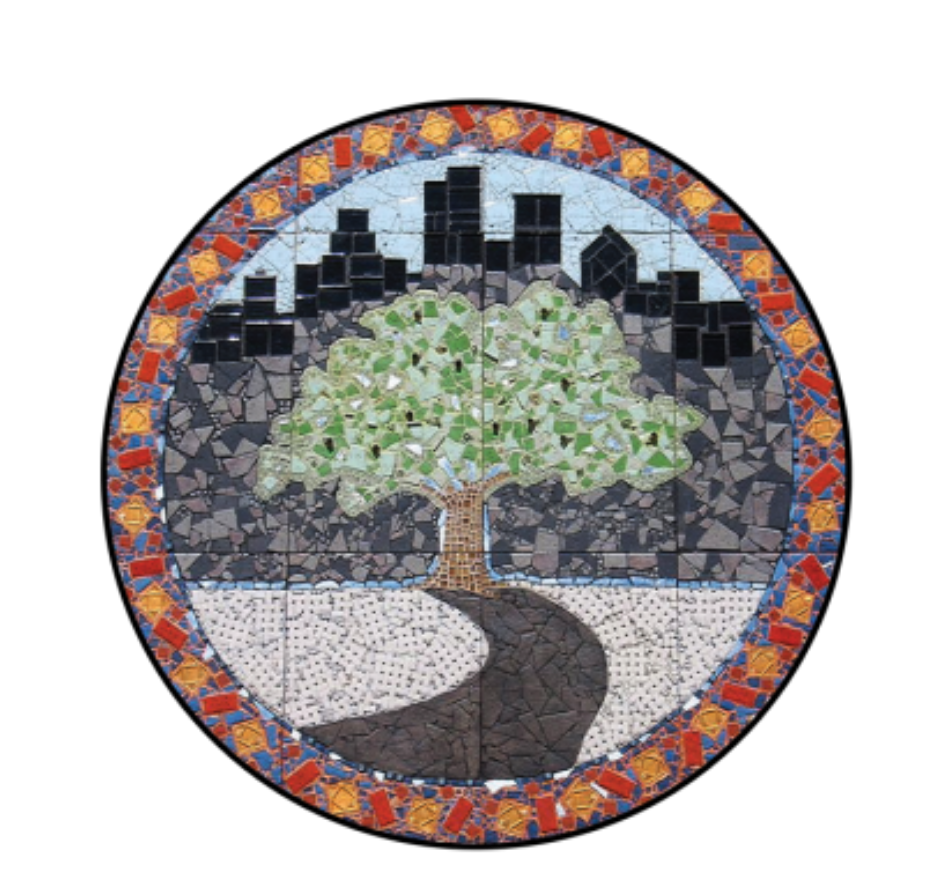Can You Teach an Old Dog New Tricks?
It’s me. I’m the old dog, or at least it feels like it at times. I’ve been a high school art teacher for the past 13 years. For 9 of those years I’ve been doing that art teaching at City Neighbors High School. For the past several years I’ve attempted—and mostly failed—to create a progressive curriculum catered to students who, I realized, will graduate into a much different landscape than the one I graduated into nearly 20 years ago. In high school, I used dial up internet to log onto AIM in order to communicate with my friends and if someone in my house needed to make a phone call, I would be booted offline. I put together the portfolio I used to apply to art school on film slides, and I didn’t own a cell phone until I was a freshman in college, which also happened to be the year Facebook debuted and completely changed the world. And as the world changes, so must education, but how do I stay progressive when I’m struggling to keep up with the world?
During my time as a teacher I’ve watched the rise of the smartphone and takeover of social media, the election of our first Black President, the uprising in our own backyard after the murder of Freddie Gray, a global pandemic, and so much more social and political upheaval. In short, this means the skills and concepts I believed to be important for students to leave my classroom knowing when I started my career are mostly obsolete. I don’t have to teach students how to shade an object that appears in three dimensions on a two dimensional picture plane if they know how to utilize YouTube and can teach themselves basically any art skill they may want to learn. If my job becomes much less about learning techniques and skills, then what is the job of the art teacher? The easy answer is to teach creative thinking and problem solving, however, the problem becomes how does one teach creativity? How do we teach students how to find reliable information and synthesize it with their own ideas, opinions, and life experiences?
I’d been circling around the idea of Inquiry Learning for some time. I struggled to wrap my head around how to implement Inquiry Learning into my classroom, how to get students to buy in, and honestly, how to hand over control to my students. I did some experiments with independent projects that never quite panned out the way I hoped they would. I couldn’t figure out where students needed support and where they needed space. For some time I had the thought, “This will work in some classrooms, but I don’t think it will work for mine.” Then the pandemic happened. Something woke up inside of me during those months of working with students through my computer screen. At the end of last school year I realized I had two choices: I could either step up to this challenge or I could get out of the way and let someone else do what, at the time, I thought I couldn’t. At the same moment I was coming to this realization, I was told I should attend the AP Art Summer Institute training, so that our school could eventually offer an AP Art class. As things sometimes do in life, during this training, it all came together for me.
The new AP Art course is designed solely on a student’s own interests and exploration of concepts, skills, and techniques they care about and deem worthy of their time to explore. For one blissful week last summer, I participated in a class at Goucher College that put me in the position of the student, challenged me to develop my own investigation, artwork, and portfolio and opened my eyes to what I need to do in order to build a progressive, inquiry-based curriculum for any level art class. I completed the training and left feeling full of new possibilities and pure excitement for the curriculum I would build over the summer. I worked the rest of last summer to develop a curriculum that was inquiry-based and infused skills along the way. I built structure through a sketchbook practice that includes developing driving questions, braindumps, transdisciplinary research, brainstorming, and experimenting. Students in Drawing and Painting (a second-level art course) complete investigation cycles over a three-week period, then present their process, thinking, ideas, and artwork by building a portfolio designed to showcase their thinking rather than just the finished artwork. In between Investigation cycles, students spend 1-2 weeks developing art skills, such as perspective, screen printing, observational drawing, etc. I consider these skills units to be a way of adding another tool to a student's toolbox that can then be used to complete investigation cycles. Students don’t complete “art projects” during skills units, only studies and experiments. The students' artwork is completely their own. The teaching I’ve done this year has been the best of my career. I’ve learned so much along the way and a new life has been breathed into my own practice. This old dog has some new tricks.
Written by: Jessica Thompson, Art Teacher, City Neighbors High School

